Concrete shrinks during hardening and drying. This results in a shrinkage deformation, which is described by the total shrinkage strain εcs. The total shrinkage strain is composed of autogenous shrinkage εca (basic shrinkage strain) and drying shrinkage εcd.
In the RF‑CONCRETE Surfaces add‑on module for RFEM 5, it is now possible to consider the shrinkage of the concrete directly in the module.
To do this, you have to activate the shrinkage in the settings for the serviceability limit state design. For the analytical method of the serviceability limit state design, you need the RF‑CONCRETE Deflect add‑on module; for the non-linear calculation, you need RF‑CONCRETE NL. If shrinkage is activated in the settings for the serviceability limit state design (in Window 1.1 General Data), the "Shrinkage" tab becomes available in Window 1.3 Surfaces (see picture).
In this window, you can enter the parameters required to determine the shrinkage strain and make the following settings:
- Setting the considered concrete age
- Selection of cement type
- Age of concrete at start of shrinkage
- Relative humidity
- alternative approach of drying shrinkage and/or autogenous shrinkage
Furthermore, you can define a total shrinkage strain εcs determined elsewhere as user-defined shrinkage and select the surfaces to which this will be applied.
As an alternative to the input in RF‑CONCRETE Surfaces, the shrinkage strain can also be entered in a separate load case as surface load (load type "Axial strain"), as was also possible in RFEM 4.

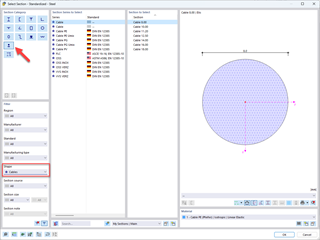
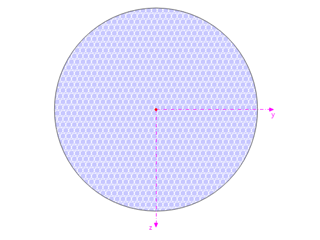











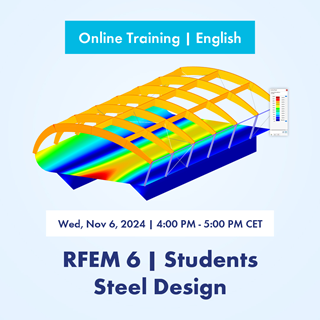
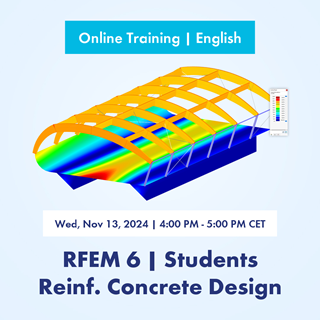
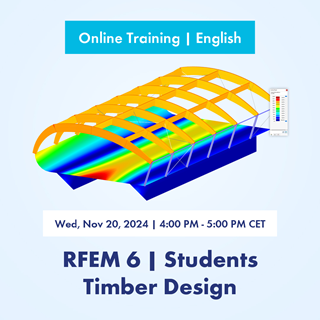









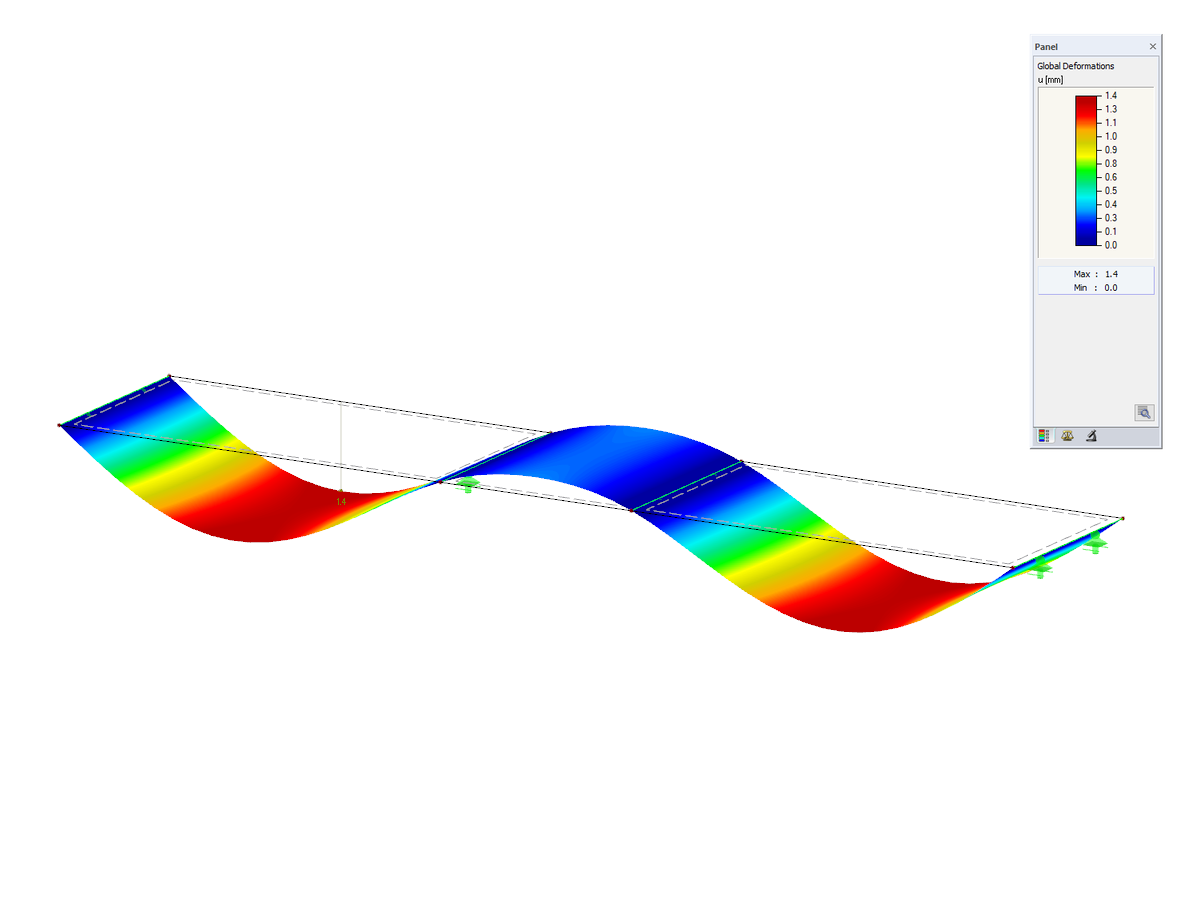.png?mw=350&hash=5c4b2144aa52cd2928e41d7b311671dea882afa3)









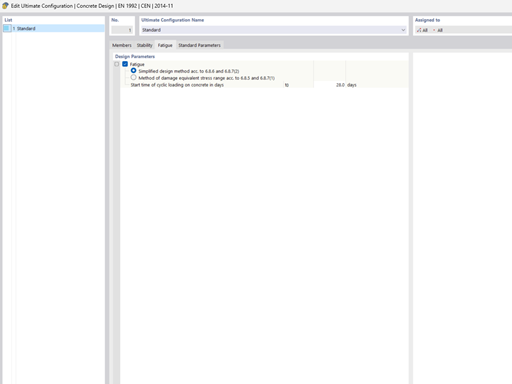
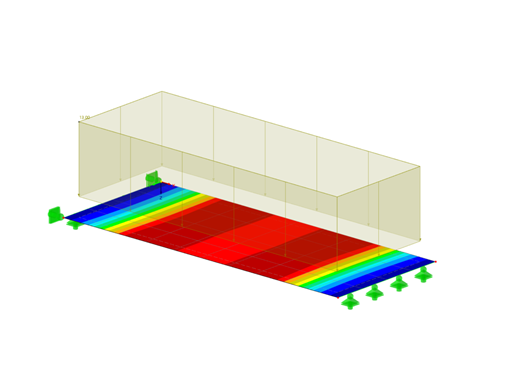
![Spans Based on Figure 5.2 from [1]](/en/webimage/039540/3493372/01_Abmessungen_EN.png?mw=512&hash=3cc425f1463bd5981b358d5889e3109e07ae1233)









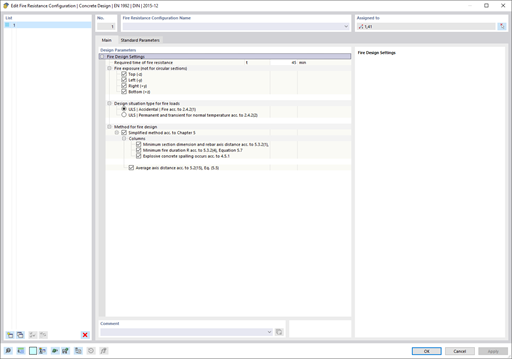
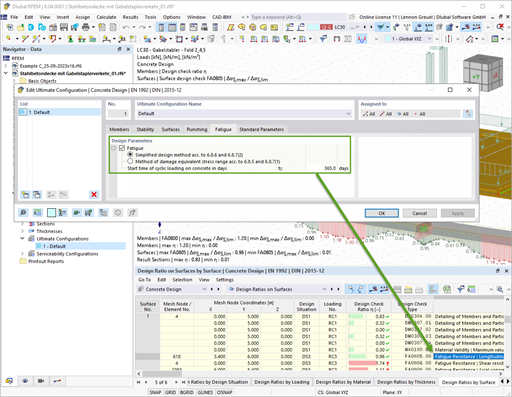
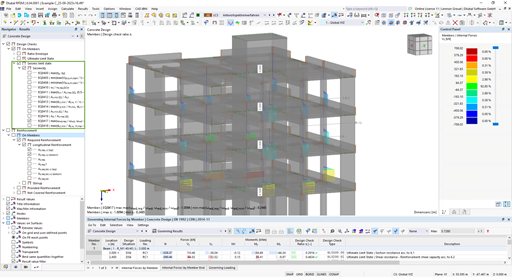


























.png?mw=600&hash=49b6a289915d28aa461360f7308b092631b1446e)